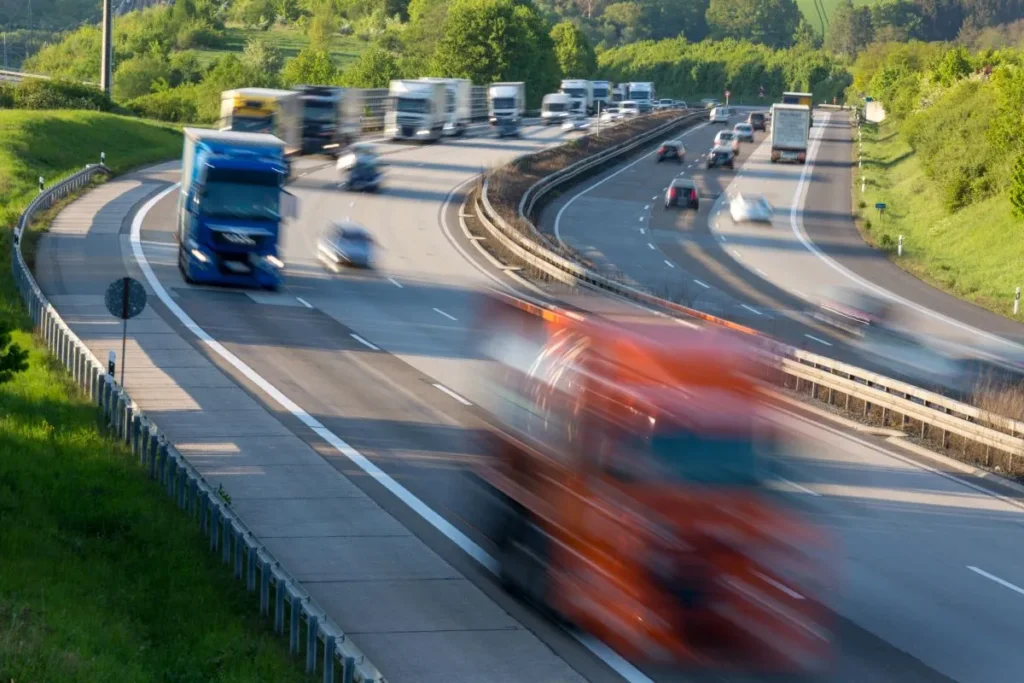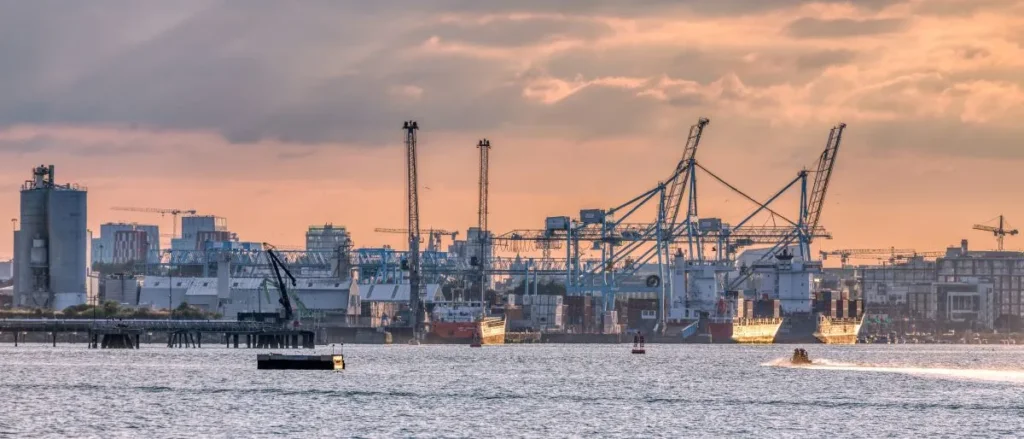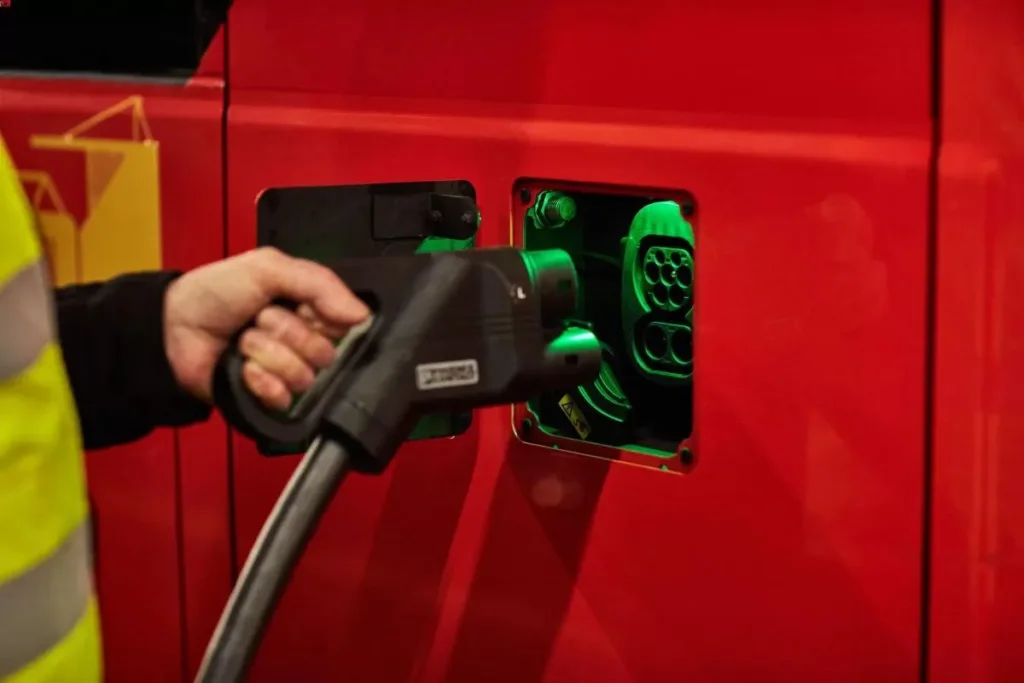The planned increase in rail freight is intended to improve supply chain efficiency, potentially contributing to a more robust and agile business environment, explains the Department for Transport.
Shifting more freight to rail has environmental benefits, the government says; compared to road, rail produces significantly lower carbon emissions (around 75% reduction per tonne of freight), in line with the government’s decarbonisation plan.
In addition, increased reliance on rail will reduce road congestion and mitigate the environmental and social impacts associated with heavy vehicle traffic, the Department for Transport adds.
Rail freight already plays a vital role in the UK’s transport infrastructure, moving essential goods such as food, building materials and medical supplies, says Transport Minister Mark Harper, adding that this plan aims to capitalise on and build on this established role, exploiting its inherent environmental and economic benefits.
In particular, the plan uses diverted funding from the HS2 project, providing billions of pounds to improve rail infrastructure and services across the country, making it easier to achieve the target.
“Rail freight is already a great success story. Moving goods by rail is a greener option and helps to reduce road congestion, and we have an opportunity here to increase the modal share of rail freight. I believe that by working together, the industry can rise to this challenge,” said Rufus Boyd, Lead Director (Interim) of Great British Railways’ Transition Team.



